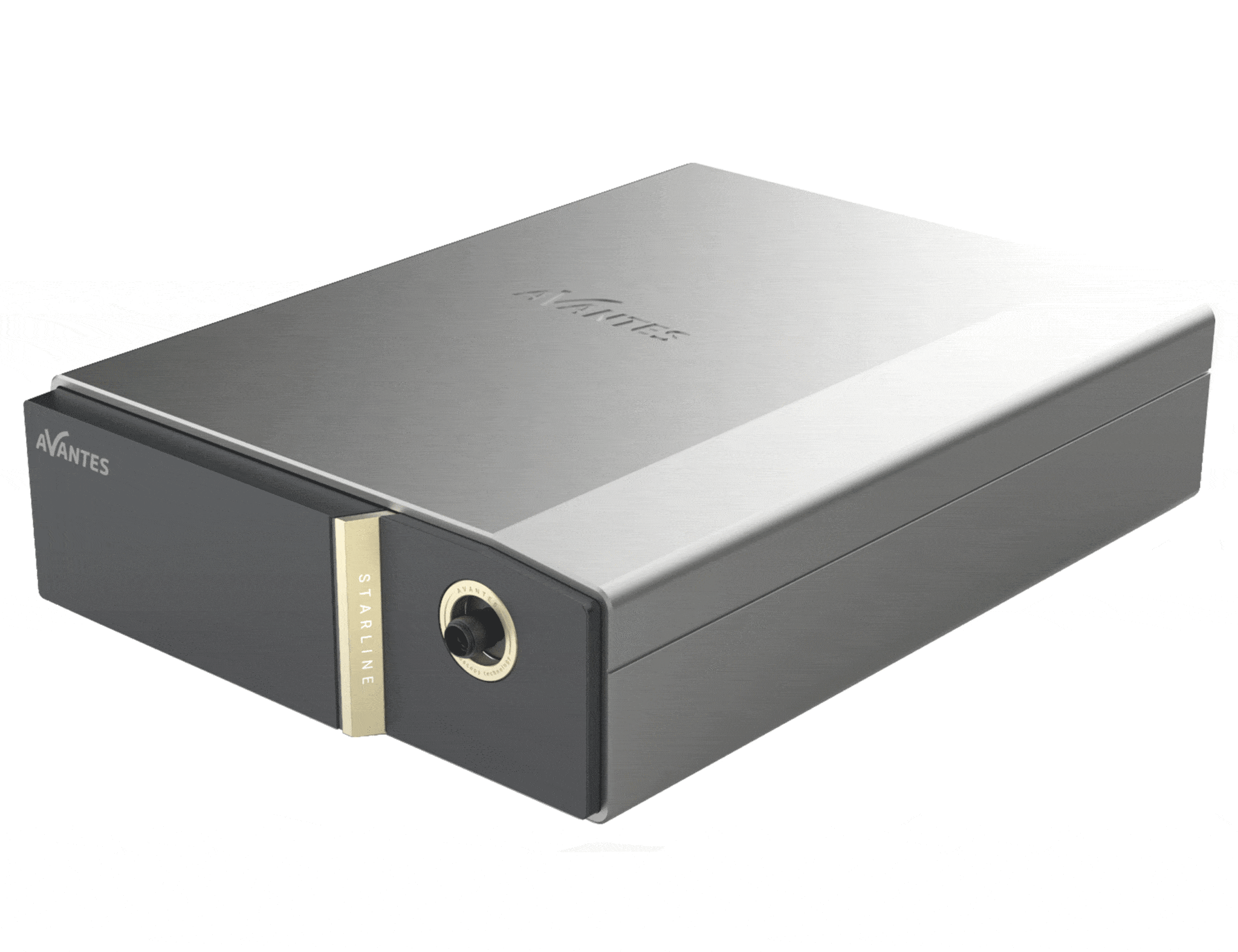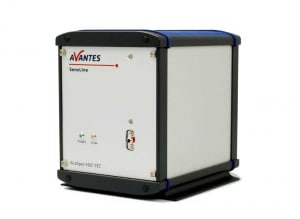UV/VIS Absorption Spectroscopy
UV/VIS absorbance spectroscopy is one of the most widely applied techniques in analytical chemistry, life sciences, nanotechnology, and environmental monitoring. By measuring how a sample absorbs ultraviolet and visible light, this method delivers accurate quantitative and qualitative analysis for a wide variety of applications.
The technique is based on the Beer-Lambert Law, which states that the light absorbed by a sample is directly proportional to its concentration. Using reliable reference data, UV/VIS absorbance analysis provides valuable insight into chemical composition, reaction monitoring, and biomolecular detection.
A standard UV/VIS setup includes a fiber optic spectrometer, light source, sampling accessory, and fiber optic cables. With Avantes’ modular spectroscopy solutions, systems can be tailored to your exact requirements—whether that’s a single broadband spectrometer for general-purpose measurements or multiple instruments working in tandem across different wavelength ranges. Avantes offers high-resolution, high-sensitivity, cooled, and uncooled UV/VIS spectrometers designed for both laboratory and industrial environments.
Applications of UV/VIS Spectroscopy
Fiber optic UV/VIS spectrometers are used in a wide range of industries, including:
-
Pharmaceuticals – quality control, dissolution testing, and analytical chemistry in drug development
-
Environmental monitoring – detecting volatile organic compounds (VOCs), pollutants, and ground-level ozone
-
Nanotechnology and materials science – characterization of colloids, nanoparticles, and thin films
-
Biomedical research – monitoring blood parameters, proteins, and biomolecules
Whether you require a turnkey UV/VIS absorbance system or a fully customized configuration, Avantes delivers solutions that adapt to your measurement challenges.
 My Cart
My Cart 


